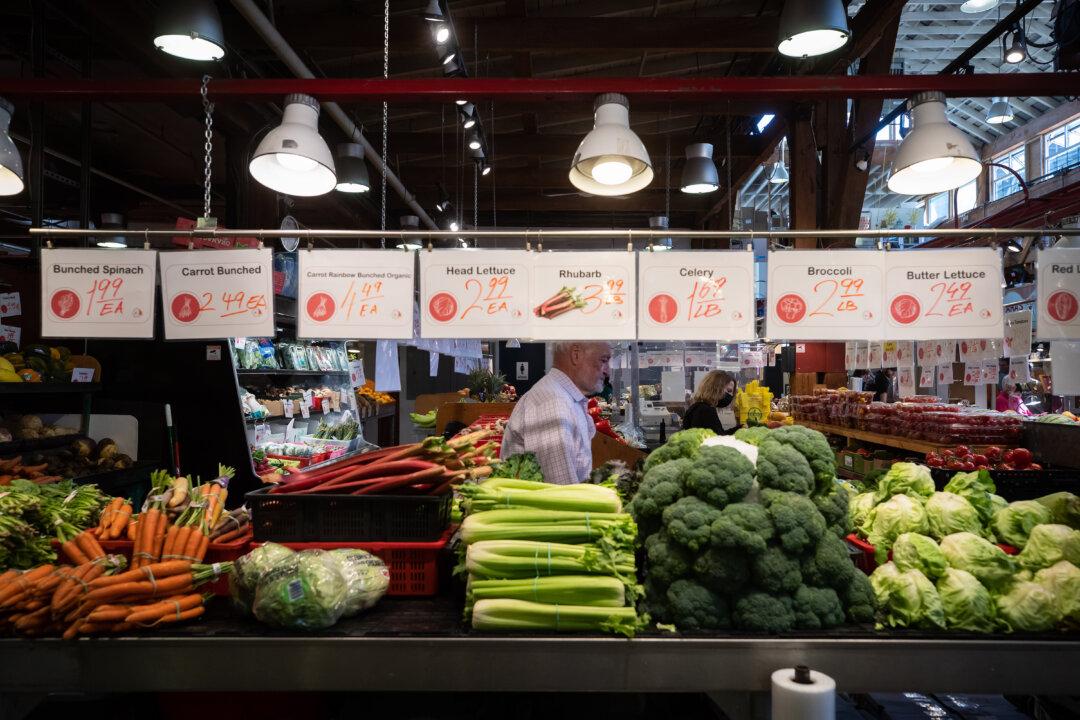Canadians are spending more on food items but are buying less groceries overall as they try to manage household budgets and cope with price inflation, says a new report by Statistics Canada.
The report, released on July 26, says many families are changing how and where they shop for food.





